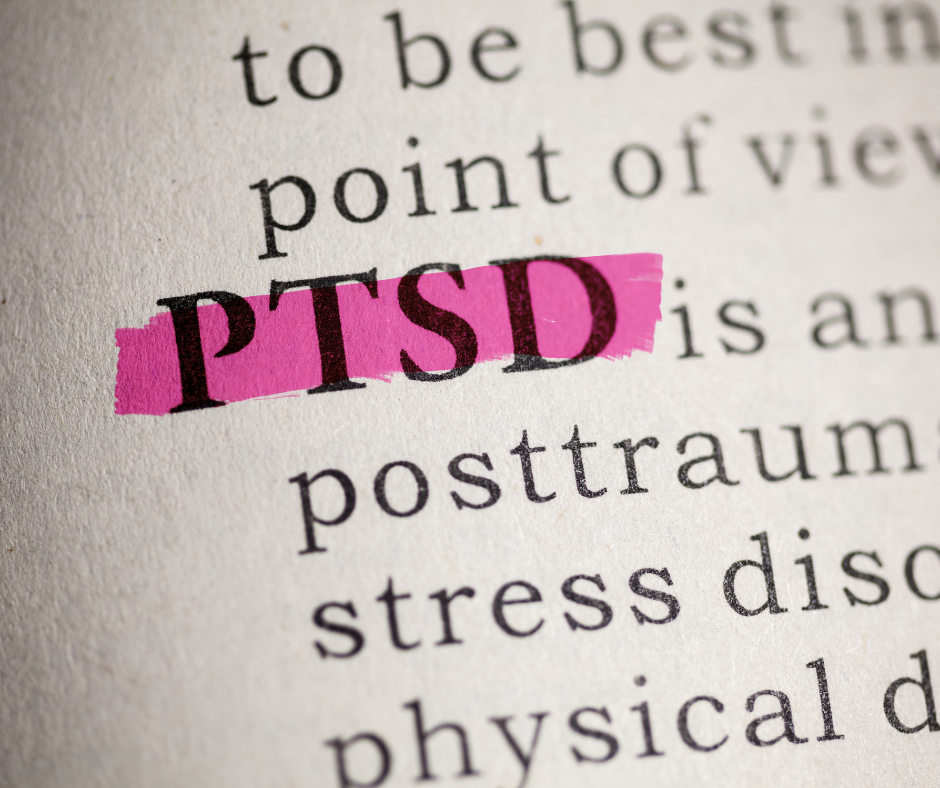How to Deal With PTSD in Everyday Life

Are you struggling to cope with post-traumatic stress disorder (PTSD) in everyday life? This mental health condition can be debilitating, but you can find coping mechanisms to help you navigate it. While PTSD can improve on its own, professional treatment is recommended.
Managing PTSD daily is possible with techniques that calm down the autonomic nervous system as well as having a strategic approach. Coping mechanisms are strategies for dealing with PTSD in real time and include self-regulation when symptoms present themselves. Keep reading as we share tips on how to deal with PTSD symptoms every day.
5 Tips for Dealing With PTSD Symptoms in Everyday Life
1. Seek Online Professional Help
When using a review that compares different therapy sites, evaluate the methodology used to assess the various online services.
Therapists who deal with PTSD can introduce you to daily coping strategies for handling this condition’s symptoms. While attending in-person sessions isn’t always possible, access to online therapy is a solution that works for many people. Furthermore, you have a wider selection of professionals to pick from, making it easier to find the perfect fit for you.
When reviewing a list of online therapy sites, take note of the following:
- Reviews: Use testimonials to guide you on the quality of service a site provides.
- Ratings: Use star ratings to help you decide which site is best for your unique needs.
- Type of services offered: E-therapy sites offer services such as online counseling, resources, cognitive behavioral therapy tools, and app-based therapy 24/7. Pick ones relevant to your needs and preferences.
When using a review that compares different therapy sites, evaluate the methodology used to assess the various online services.
2. Educate Yourself About PTSD
Understanding your mental health condition allows you to develop coping strategies that work. Spend time researching PTSD and read stories written by others battling with the condition. Learning more about PTSD will help you to:
- Identify triggers and how to manage them better to prevent a symptom flare-up.
- Discover what physical exercise improves PTSD symptoms.
- Develop a healthy eating plan.
Limiting triggers, exercising daily, and eating a balanced diet are all proven strategies used to deal with PTSD in everyday life. Educating yourself about PTSD prevents you from feeling like a victim over and over again - an informed mind gives you control over your mental health.
3. Create a Daily Routine
A daily routine gives you certainty and predictability, which is vital for coping with PTSD. Sticking to a daily routine builds your psychological resilience after a traumatic event. It reduces stress and stops the feeling that your life is completely out of control! This is vitally important for maintaining your mental health during your healing and recovery.
Consider including the following practices in your daily routine to boost your mental health:
- Meditation: Meditating helps you to control your thought processes and emotions through tasks such as deep breathing or guided meditation.
- Yoga: This form of exercise can reduce PTSD flare-ups and regulate your emotions.
- Spend time in nature: Walking in your local park, gardening, or taking regular hikes all help to cope with PTSD.
Movement is one of the best ways of dealing with an overactive autonomic nervous system, which can escalate anxiety, overwhelm, fear, and physical signs such as a pounding heart. Performing light exercises every day, such as swimming, riding a bike, or walking around the neighborhood, can help calm the nervous system.
4. Set Firm Boundaries
Setting firm boundaries helps you deal with the negative people in your life. It’s important to limit your contact with people who trigger you negatively. You also need to be mindful of social media, negative news, and other situations that could increase your feelings of overwhelm or anxiety.
When setting healthy boundaries, let people know what you will and won’t tolerate. Minimize spending time in busy shopping malls or restaurants and ensure you have enough solitary time to unwind and decompress.
5. Use Techniques to Stay in the Present
PTSD flashbacks can make you feel you’re facing the traumatic event all over again and can be difficult to manage. However, if you can identify techniques that keep you in the present moment, you can have better control when these situations arise.
These techniques are useful for bringing you back to the now:
- Splashing your face with ice-cold water.
- Placing your hand on your heart and saying, “You are safe”, soothes you and moves you back to the present.
- Doing some jumping jacks helps release nervous energy and brings you back to the present moment.
Final Thoughts
Creating a toolbox of coping techniques empowers you to take control of your PTSD symptoms. Use the tips in this article to find the right strategies for you and reassure yourself that, in time, you will heal and recover.
Know someone who would be interested in reading How to Deal With PTSD in Everyday Life?
Share This Page With Them.
Go From How to Deal With PTSD in Everyday Life Back To The Home Page